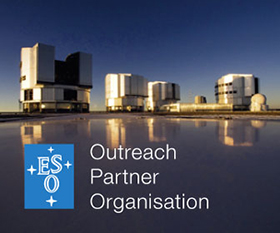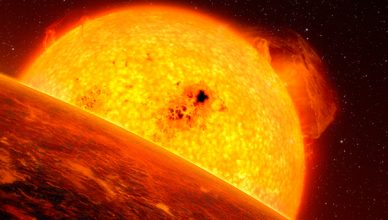
Stellar atmosphere can be used to predict the composition of rocky exoplanets
These results, obtained by researchers from the ExoEarths team at Instituto de Astrofísica e Ciências do Espaço (IA), also allows for a better understanding of the frequency of habitable planets in our galaxy.
Read more

Gas giant in baby star
The discovery of evidence of Hot Jupiters around newly-born stars, is co-authored by Pedro Figueira, from Instituto de Astrofísica e Ciências do Espaço (IA).
Read more
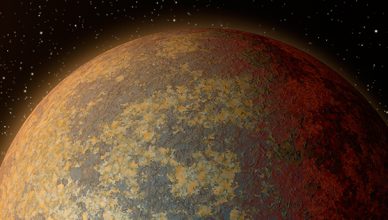
Closest rocky transiting exoplanet observed
The discovery of the HD219134 planetary system, 21.2 light-years away in the constellation of Cassiopeia, is co-authored by Pedro Figueira, from Instituto de Astrofísica e Ciências do Espaço (IA).
Read more
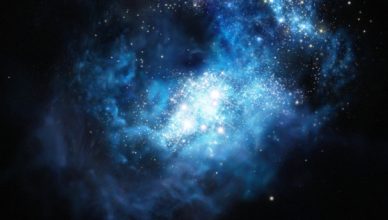
Discovery of CR7 galaxy reveals first stars in the Universe
David Sobral, from the Institute of Astrophysics and Space Sciences has discovered the brightest distant galaxy and signs of the first generation of stars in the Universe.
Read more
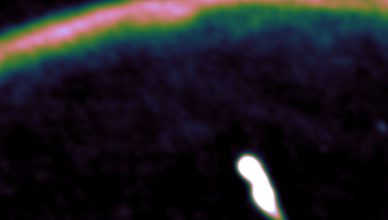
Cosmic Tsunami brings galaxies back to life
David Sobral, from the Institute of Astrophysics and Space Sciences (IA), and an international team, found that colossal shock waves rise galaxies from the dead.
Read more
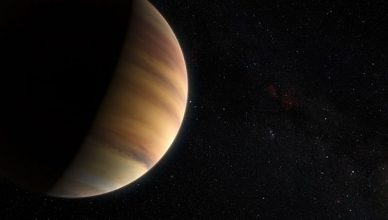
First Exoplanet Visible Light Spectrum
20 years after its discovery, researchers from Instituto de Astrofísica e Ciências do Espaço (IA) managed to directly observe exoplanet 51 Pegasi b.
Read more
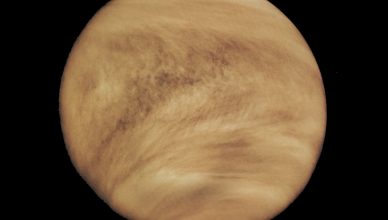
Half a century mystery unveiled in the atmosphere of Venus
The mysterious “Y” shaped cloud in the atmosphere of Venus was, for the first time, explained in a study that counts with the participation of researchers from the Institute of Astrophysics and Space Sciences (IA).
Read more

“Astro-archeology” reveals ancient system with 5 earth-sized exoplanets
An international team, which includes researchers from the Instituto de Astrofísica e Ciências do Espaço (IA), detected five ancient exoplanets in the Kepler-444 system, with sizes between Mercury and Venus.
Read more

